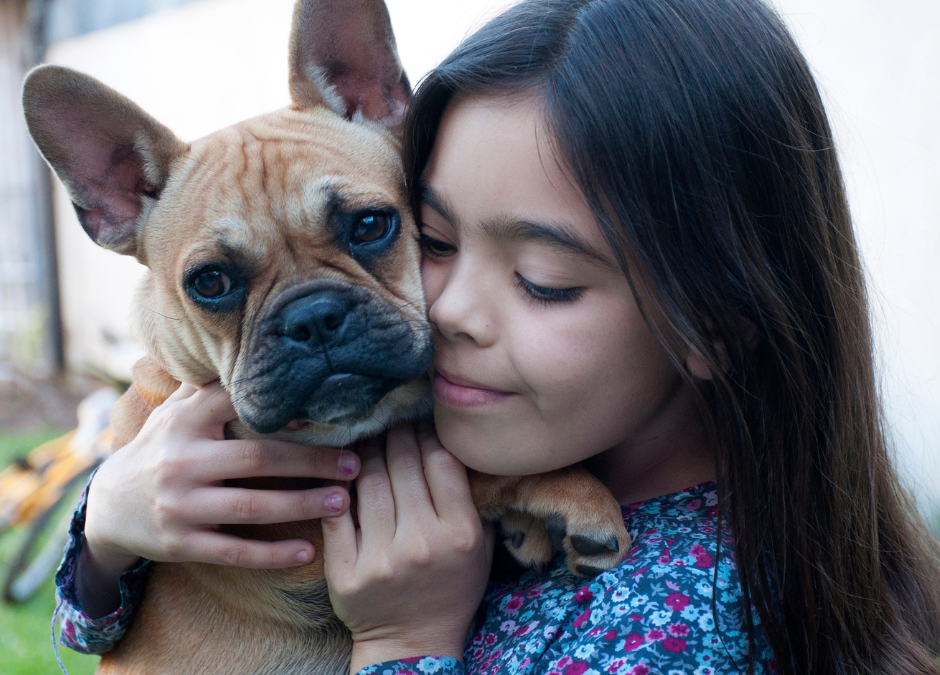Almost every parent and nanny has dealt with a child who wants a pet. Some children want a traditional pet like a dog or a cat. Others may want a larger animal like a horse or something less common like a ferret, tortoise, or snake.
Whether it’s playing with a pooch or petting a purring kitty, there’s no doubt that pets can bring their owners (young and old) plenty of joy. But the advantages of pet ownership go well beyond the fact that they’re cuddly and lots of fun. However, there are a lot of things to consider before getting a child a pet. The first thing to determine is how serious is the child? After a week of watching the fish in the aquarium, will the child lose interest? Also, how old is the child and what pet responsibilities can they handle?
Pets can teach children valuable life lessons and provide companionship and comfort to the child.
Once the decision is made to get a pet – and the type of pet is determined, how does a child benefit? Here are 5 life skills children can learn from a family pet:
- Pets can be used to teach responsibility. They require food, water and love and it’s important to determine who will be responsible for these pet care activities. Children over 5 years old can have developmentally appropriate responsibilities with respect to the care of the pet. Children under the age of 4 should be monitored with pets at all times, and children under the age of 10 should not be expected to take care of a dog or cat completely on their own. Even when the child is responsible, parents and caregivers will have to make sure the chores are completed.
- Pets can help children develop trust. A pet offers unconditional support when a child is sad, angry or upset. They can teach your child to trust the pet, themselves and build trust in other relationships as well.
- Empathy and compassion can also be developed from pet ownership and care. When a child takes care of a pet, they learn to be kind to others by taking care of their furry friend’s basic needs – compassion. Children growing up with a pet do so with more empathy towards animals and more empathy in general.
- Research shows that kids with family pets have higher self-esteem. After all, they have a beloved creature who loves them right back, and a friend to talk to and play with when no one else is around. Having a pet can help ward off feelings of loneliness and isolation.
- Sometimes bonding with a pet takes time and this helps a child develop patience. Teaching a family pet good behavior and amusing tricks requires repetition and consistency along with patience.
There are also physical benefits to pet ownership.
Research shows that children who grow up in homes with pets are likely to have a stronger immune system and less likely to develop childhood allergies and asthma. Exercising a pet can prompt a healthy lifestyle, encouraging children to be outside and running around. It’s also been shown that stroking animals can lower blood pressure and in turn decrease anxiety, thus having a pet can help prepare kids when it comes to tackling homework and exams.
There are a lot of things to consider when getting a family pet – your lifestyle, your living space, and acceptance of the responsibility, but most people agree – owning an animal brings enjoyment to any household.
If you are a nanny and work in a home with a pet, you can take an online pet care course which is included in the Specialist Nanny Certification program at the Nanny Institute.


Recent Comments